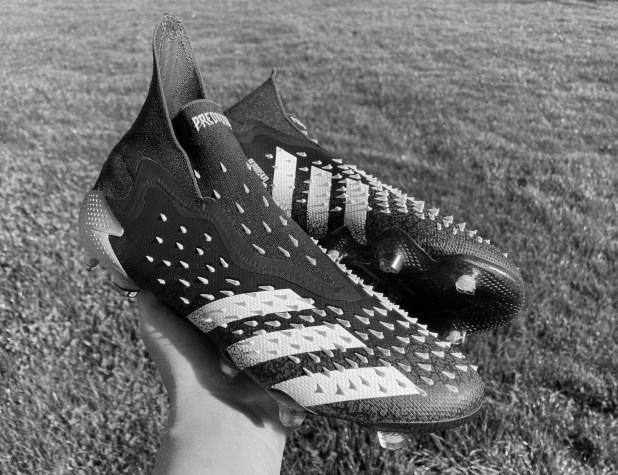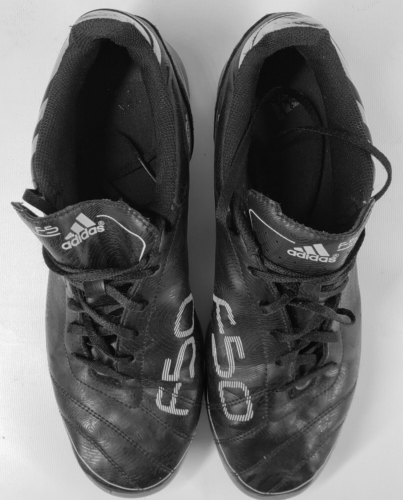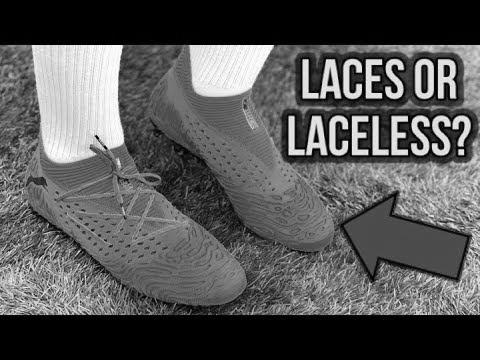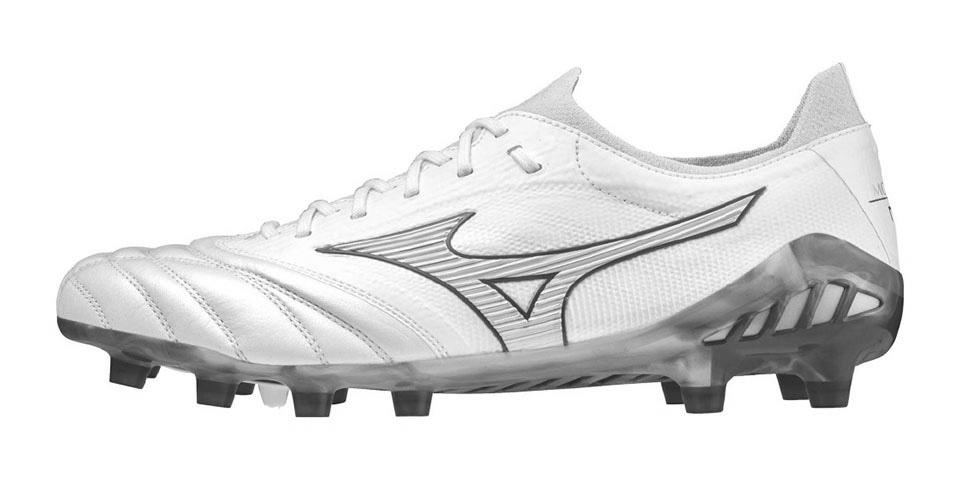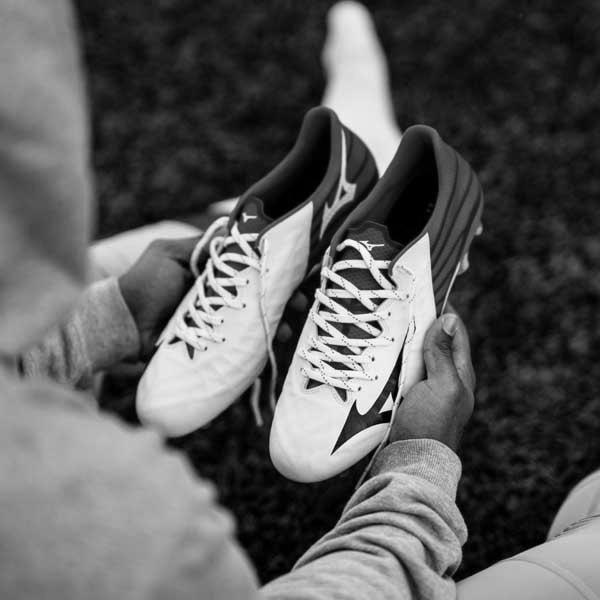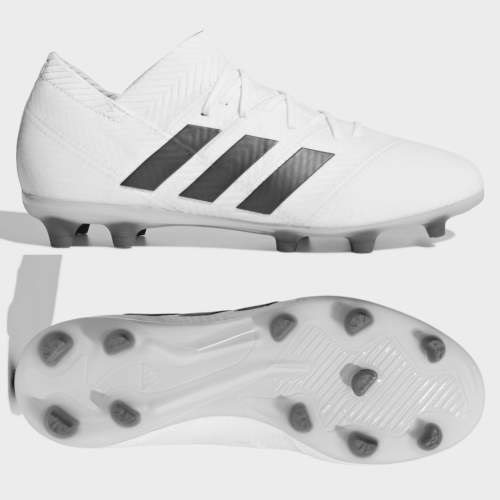The RED cameras capture the entire Dynamic Range of any scene. They do not use in-camera noise reduction because they do not want to compromise the detail and color information. This may be a controversial decision, and RED has faced some criticism over this. But this feature has its benefits. It helps create high-quality shots that are more accurate and detailed than any other camera.
ARRI Alexa
The ARRI Alexa is a digital motion picture camera system with a CMOS Super-35mm sensor. The camera offers a 2.5 stops dynamic range, allowing for more precise color and less noise. The camera also features an updated mechanical support system and a new software platform. The camera can record CFast 2.0 cards and various codecs, including DNxHD and ARRIRAW.
However, Alexa is not cheap. The most basic version will set you back $35-45k, which can increase significantly with additional accessories. As a result, filmmakers on a tight budget are seeking cheaper alternatives to the ARRI Alexa. Here are some choices. Let’s take a closer look at some of the most popular options.
RED cameras have better resolution than their Alexa counterparts. The Alexa generally offers more image detail, but the RED camera has less detail in underexposed areas. Its footage tends to be more relaxed in color, while the Alexa’s is warmer. RED has a more complicated menu, and you must spend more time learning how to use it.
The Alexa has a more comprehensive dynamic range when comparing the two types of cameras, particularly in the highlights. You can grade back to a 60IRE with Alexa footage and retain color detail. This is impossible with Helium footage, which clips overexposure at four stops.
RED Epic MX
The RED Epic MX dynamic camera uses a high-performance Mysterium-X sensor for superior light handling. The camera offers a standard dynamic range of 13.5 stops, with HDRx technology providing up to 18 visits. This technology is beneficial in scenarios with a dark interior and a bright exterior. It also uses an advanced R3D codec and has a variety of interchangeable mounts to suit the shooter’s needs.
The RED Epic MX dynamic camera supports interchangeable lenses like Leica, Canon, and Nikon glass. Rental agents at AbelCine can help you determine which mounts are suitable for your project. The RED Epic MX dynamic camera has a high-resolution sensor that can oversample for a specific destination. Because of this, it can capture more detail and has fewer compression artifacts.
RED has also recently released an HDR mode for Epic. This feature provides greater latitude for filmmakers. The new RED Epic MX dynamic camera also offers a variety of accessories to help you capture the best image. The camera is compatible with Canon, Nikon, and B4 mount lenses.
RED Epic MX can capture 4.5K images, which is ideal for pulling off post-production tricks. Depending on the scene, the camera can capture punch-ins or motion tracking.
Pentax 645Z
The PENTAX 645Z red dynamic camera offers a wide range of shooting options. It has a large CMOS image sensor with a high SN ratio for excellent detail reproduction. The camera produces great JPEGs at low ISO and perfect images up to ISO 6400. It has several advanced functions that make editing and customizing your photos easy.
The camera’s 3.2-inch LCD screen offers high-resolution imagery and a wide viewing angle. The screen is also gap-free, allowing you to shoot in bright sunlight without worrying about glare. The PENTAX 645Z’s color temperature display can be adjusted to match your computer monitor.
The PENTAX 645Z is one of the most advanced medium-format cameras on the market. The camera offers excellent image quality and intuitive handling and is relatively portable. It also provides video recording and a weather-resistant body. If you’re a professional or just a hobbyist, the Pentax 645Z is the camera for you.
The PENTAX 645Z medium-format camera has a 51.4-megapixel CMOS sensor and an articulated 3.2-inch LCD. Other features include a top ISO of 204,800, a three fps continuous shooting mode, and 1080/60i video. The camera also supports Pentax FluCard memory cards. It will be available for $8499 as a body-only camera. Ricoh Imaging Americas has also announced the availability of thirteen additional 645 lenses.
Nikon D5, D810
The Nikon D5 is the latest professional DSLR camera from Nikon and represents a significant upgrade over the D4S. Nikon introduced the new camera during the year of the Olympics and other major sporting events. Although the D5 retains the same body as its predecessor, it has received significant improvements, including a faster autofocus system and improved image quality. Professional photographers will undoubtedly find the D5 appealing.
The D5 is designed to produce good images at high ISOs, and its ISO range is quite broad, too. Its standard ISO range is 100 – 102,400, compared to the 100 – 25,600 native setting on the D4S. The D5 has expansion settings, which allow it to shoot at higher ISOs if necessary. However, these settings produce a painterly look, with little detail and an intense magenta hue.
The Nikon D810 also features a new feature called Spot White Balance, which lets you control the white balance of a specific scene. Other improvements include the Picture Control modes, revised to allow fine adjustment in 0.25 steps, and a new Clarity slider. The camera also offers two metering modes: Highlight-weighted metering and Flat Picture Control.
A notable change in the D810 is the loss of the optical low-pass aliasing (OLPA) filter, which was present in previous models. OLPA filters were used to deal with false color and moire, artifacts caused by patterns close to the sensor’s resolution. This technique can improve the sharpness of the images and reduce the amount of noise.
Sony mirrorless a7 series
Sony’s new mirrorless a7 series offers many improvements over its predecessors. First off, the a7 IV has a much-improved touchscreen interface. In addition to that, Sony has improved its autofocus. The a7 IV also offers more options when it comes to video recording.
The a7 III sensor has more autofocus points than the a7 II, making it more effective in low light. The sensor is also a lot faster and focuses twice as quickly. It also has a much more comprehensive dynamic range and latitude in pulling details from shadows. As far as low light performance goes, it’s one of the best in its class. It can shoot 4K footage in 30p and has five-axis in-body image stabilization.
The battery life of the a7 series has also improved. The a7 II has a battery life of 710 shots, which is longer than any other mirrorless camera. That means a full day of shooting is no longer a problem. The new Sony mirrorless a7 series comes with a battery that lasts 2.2 times as long as the previous model.
The a7 III has an updated image processing system, which allows it to shoot full-resolution images at ten fps. The a7 III also offers a five-axis optical image stabilization system, giving it an advantage of 5.0 steps per second over the a7 II. The camera also features 4D FOCUS capabilities with 425 contrast AF points. It also offers a 693-point phase-detection AF system compatible with the a9 model. It covers 93% of the frame.
Dynamic Ink Rojo Red DI-5140 LB
The Dynamic Ink Rojo Red DI-5141 LB is the premier plastisol screen printing ink, offering the highest opacity and bleed resistance. It also cures quickly at a low temperature of 270-280 degrees. As a result, it eliminates bleed and dye migration, making it an excellent choice for wet-on-wet and print-flash-print printing.
